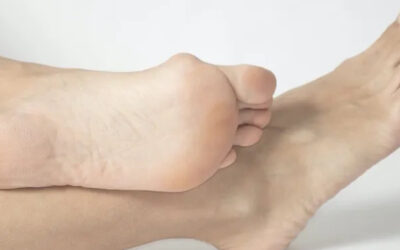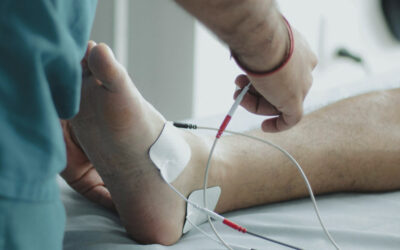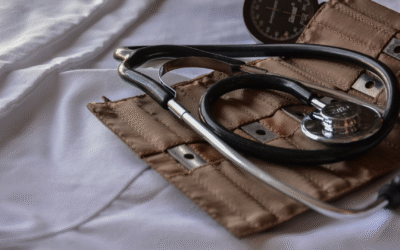When managing diabetes, foot care is a crucial but often overlooked aspect of maintaining overall health. For many diabetics, regular socks just don’t offer the necessary support and protection that their feet need. This is where diabetic socks come into play. But are they truly worth it? At Capital Foot Care, our team of podiatrists, including Dr. Muhammad A. Khalid, Dr. Fritz-Andre Duterlein, and Dr. Herman Zarate, often recommend diabetic socks to patients as part of a comprehensive foot care routine. Let’s explore why these specially designed socks can make a significant difference for individuals living with diabetes.
Understanding the Importance of Foot Care for Diabetics
Diabetes can lead to a variety of foot problems, primarily due to complications like diabetic neuropathy and peripheral artery disease (P.A.D.), which affect blood flow and sensation in the feet. Because of reduced circulation and nerve damage, diabetics are more prone to infections, ulcers, and even amputations if wounds go unnoticed or untreated.

This is why proper foot care is essential for diabetics. Along with regular check-ups, maintaining good hygiene, and wearing appropriate footwear, diabetic socks can offer an added layer of protection for vulnerable feet.
What Are Diabetic Socks?
Diabetic socks are designed specifically to reduce the risk of foot injury, provide comfort, and improve blood flow. Unlike regular socks, they have certain features aimed at addressing the specific foot care needs of people with diabetes. Some of the unique characteristics of diabetic socks include:
- Seamless Construction: Diabetic socks are typically seamless, which helps prevent rubbing and blisters—common sources of infection in diabetics.
- Moisture-Wicking Material: Keeping feet dry is important for diabetics to prevent fungal infections. These socks are made from moisture-wicking materials that draw sweat away from the skin.
- Extra Padding: Diabetic socks often come with additional cushioning around the heel and toe to provide more comfort and protection.
- Non-Binding Tops: Regular socks with tight elastic can restrict blood flow. Diabetic socks feature non-binding tops that don’t constrict circulation, which is crucial for people with P.A.D.
- Antimicrobial Properties: Some diabetic socks are treated with antimicrobial agents to help prevent infections and odors.
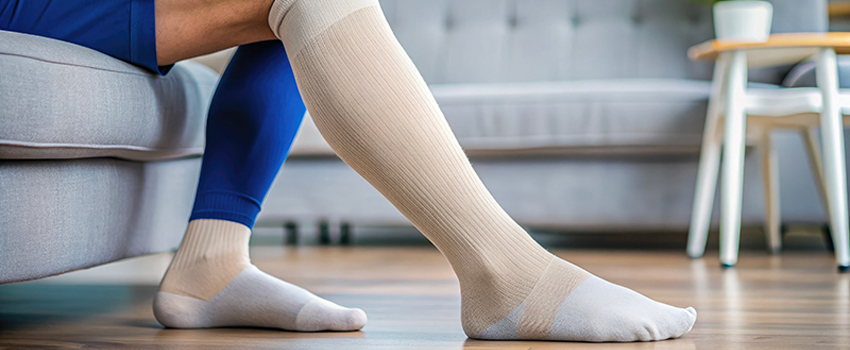
Are Diabetic Socks Worth It?
So, the big question is: Are diabetic socks worth the investment? The short answer is yes, especially if you are someone who is at risk for foot complications due to diabetes. Here’s why they are beneficial:
- Prevents Foot Injuries: By reducing friction, rubbing, and pressure points, diabetic socks can help prevent blisters, cuts, and other injuries that can lead to serious complications.
- Improves Circulation: Non-binding tops and special materials help encourage better blood flow, which is especially beneficial for those with P.A.D. and other circulatory issues.
- Keeps Feet Dry and Healthy: The moisture-wicking properties of diabetic socks keep feet dry, reducing the risk of fungal infections, which are common in people with diabetes.
- Comfort and Support: The extra padding and cushioning provide a comfortable barrier between the foot and shoe, adding support and making walking easier for those who experience foot pain.
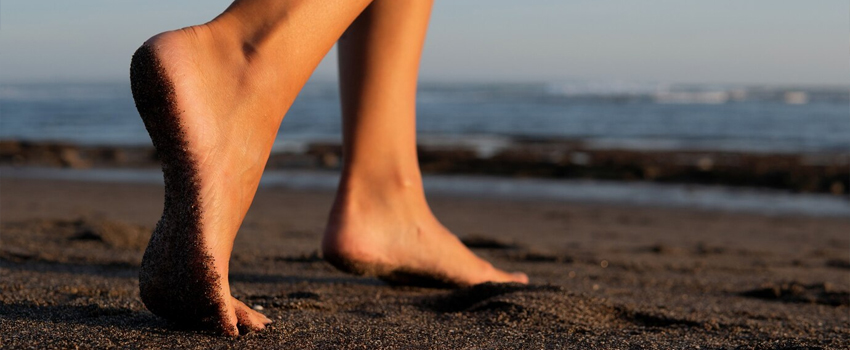
Who Should Wear Diabetic Socks?
While diabetic socks are beneficial for many individuals living with diabetes, they are particularly important for those who:
- Have a history of foot ulcers or infections.
- Experience poor circulation in their feet due to P.A.D.
- Suffer from diabetic neuropathy, leading to reduced sensation in the feet.
- Have sensitive feet prone to blisters or irritation from regular socks.
If you fall into any of these categories, diabetic socks may significantly improve your foot health and prevent complications.
Tips for Choosing the Right Diabetic Socks
Not all diabetic socks are the same, so it’s important to choose the right pair based on your specific needs. Here are some things to keep in mind:
- Material: Look for moisture-wicking fabrics such as bamboo or wool blends to keep your feet dry.
- Fit: Make sure the socks fit well but are not too tight, as this can restrict blood flow.
- Cushioning: If you’re prone to blisters or ulcers, opt for socks with extra padding.
- Length: Choose socks that provide adequate coverage, especially if you have circulation issues higher up on your legs.

Why Choose Capital Foot Care?
At Capital Foot Care, our team of highly skilled podiatrists—Dr. Muhammad A. Khalid, Dr. Fritz-Andre Duterlein, and Dr. Herman Zarate—are dedicated to providing top-notch foot care for diabetics. Whether you’re dealing with complications like ulcers, infections, or simply want to learn more about preventative care, we can help guide you toward the best solutions, including whether diabetic socks are right for you.

For more information or to schedule a consultation, contact us at 301-927-FOOT (3668) or email us at [email protected]. We serve patients at several convenient locations:
- 6510 Kenilworth Ave. Suite 2300 Riverdale, MD 20737
- 7610 Carroll Ave. Suite 380 Takoma Park, MD 20912
- 8816 Jericho City Drive Largo, MD 20785
- 2041 Martin Luther King Jr Ave SE, Suite 103, Washington, DC 20020
- 1328 Southern Ave SE, Suite 209, Washington, DC 20032
For diabetics, maintaining foot health is paramount, and diabetic socks offer significant benefits that go beyond what regular socks can provide. By preventing injuries, improving circulation, and keeping feet dry, they play a crucial role in preventing serious complications. If you’re managing diabetes and want to ensure optimal foot care, diabetic socks are definitely worth considering.
At Capital Foot Care, we’re here to help you make the right decisions about your foot health. Contact us today to learn more about our diabetic foot care services.



